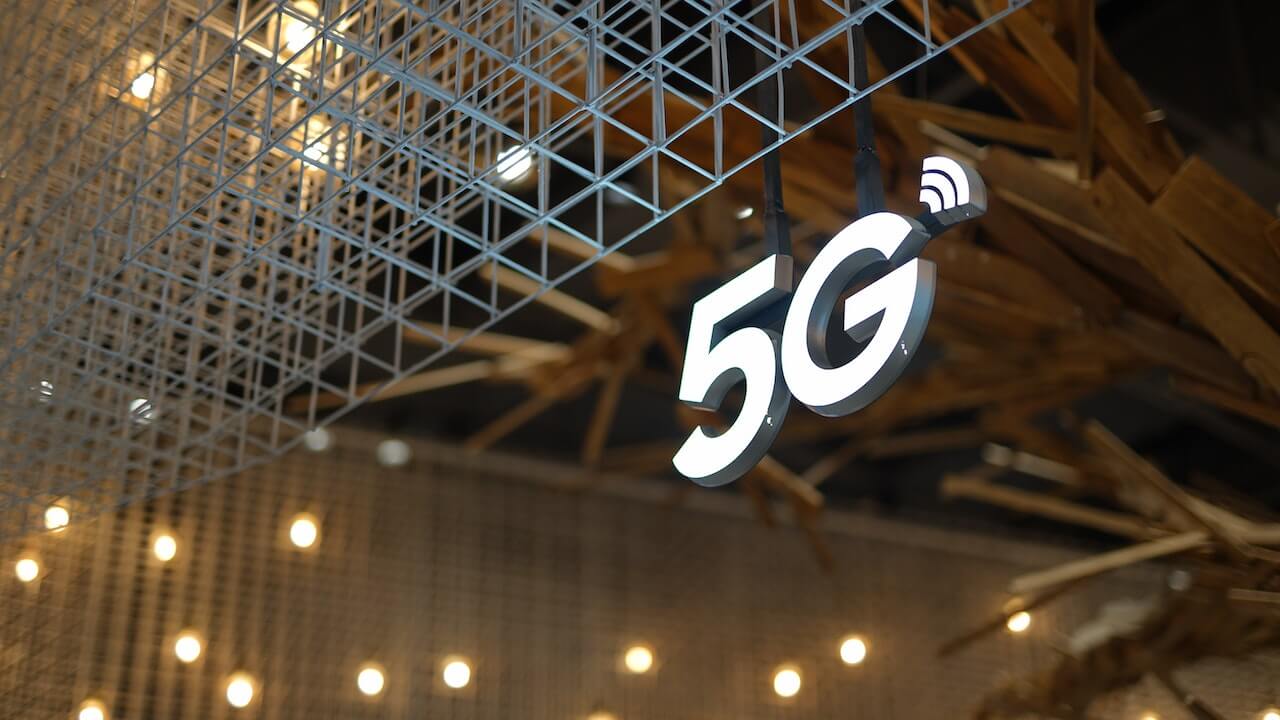Welcome to the new era of hyper-connectivity, where 5G technology is taking center stage. 5G, short for the fifth generation, represents the latest in mobile communication technology, succeeding the 4G networks that we are familiar with today. Since the advent of 1G in the 1980s, each new generation has introduced significant advancements, from 2G’s text messaging to 3G’s mobile web, and 4G’s seamless streaming and video calls. With 5G, we are stepping into an even more interconnected world, one that will revolutionize both our personal lives and professional settings.
Overview of 5G Technology
5G technology promises to provide speeds up to 100 times faster than 4G, with incredibly low latency and the capacity to connect a massive number of devices simultaneously. This isn’t just about faster download speeds on your smartphone. As the GSMA explains, 5G networks employ a type of encoding called OFDM, similar to the one used in 4G LTE. However, 5G’s air interface is designed to be more flexible and efficient, allowing it to support a wide variety of devices and services. This lays the groundwork for a future in which everything from your coffee maker to self-driving cars can be connected and communicate.
Impact of 5G on Consumers
For consumers, 5G is expected to transform experiences in gaming, augmented reality (AR), virtual reality (VR), and streaming services. With its high-speed and low latency, gamers will enjoy more seamless and immersive experiences, as demonstrated by a partnership between Verizon and Riot Games, which aims to enhance player experiences with 5G. AR and VR, both heavily dependent on quick data transmission, will become more commonplace, enabling virtual tours, interactive learning, and more.
5G will also enable the widespread adoption of smart homes and IoT devices. A thermostat adjusting room temperature based on your preferences, a refrigerator ordering groceries when you’re running low, or a security system that can identify threats in real time – all these will be powered by 5G.
The Impact of 5G on Businesses
For businesses, 5G will potentially revolutionize operations and create new opportunities. Increased efficiency and productivity come with faster data transmission, while remote working and collaboration are boosted by reliable, high-quality connectivity. Industries like transportation can benefit from 5G through the rise of autonomous vehicles, while healthcare can deliver telemedicine services more effectively.
However, businesses will also face challenges and costs in adopting 5G infrastructure. These include investments incompatible hardware and software, potential disruption during the transition phase, and the need for robust cybersecurity measures given the increased connectivity.
Case Studies of Successful 5G Adoption
Early adopters of 5G have already started reaping its benefits. In South Korea, one of the first countries to launch 5G, telecom operators like SK Telecom have demonstrated how 5G can enhance consumer experiences through live streaming and interactive media. On the business front, companies like Bosch Rexroth have started using 5G in their factories to improve automation and communication between machines, as highlighted by the World Economic Forum.
Future Outlook
Looking ahead, the future of 5G appears bright, with GSMA predicting that by 2025, 1.8 billion people will be connected to 5G networks. As we move towards this future, the potential evolution to 6G will also start shaping up, promising even greater connectivity and speeds.
The societal and economic implications of widespread 5G adoption are profound. It can drive economic growth, facilitate smart cities, and change the way we live, work, and communicate. However, potential issues such as digital divide, privacy concerns, and cybersecurity threats must also be taken into account.
Conclusion
In conclusion, the rise of 5G technology is a transformative force, impacting consumers and businesses in significant ways. Its potential to revolutionize industries and everyday life is immense, but so are the challenges ahead. As we navigate this 5G-enabled future, it’s crucial to harness its potential responsibly and inclusively, ensuring that everyone can benefit from this technological leap.



